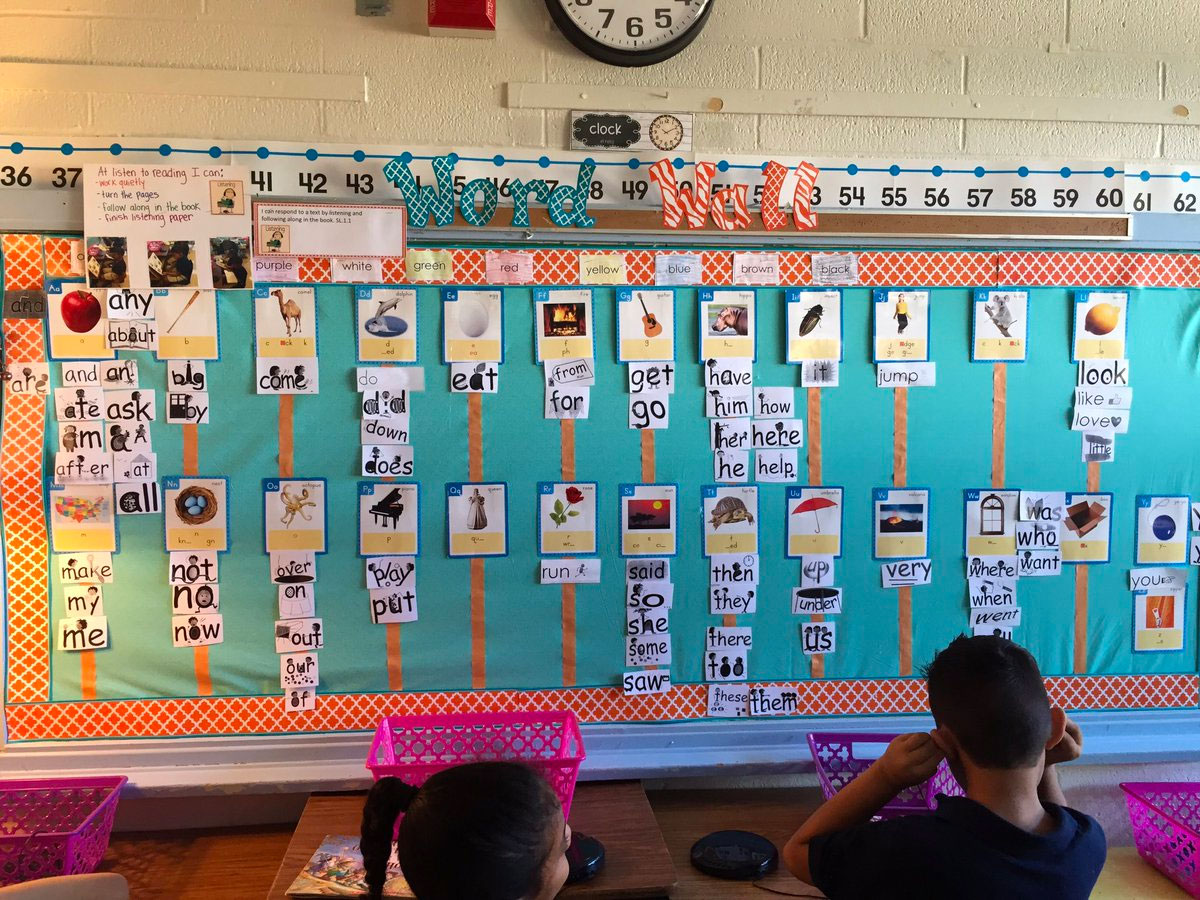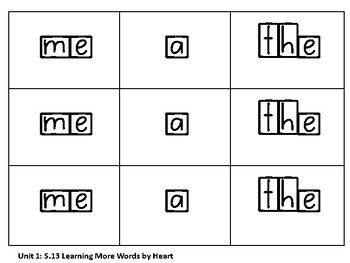The discussion about the science of reading and its refutation of Balanced Literacy is often mischaracterized as being all about phonics. It’s not. But when reading researchers evaluated how a popular Balanced Literacy program addresses phonics, fluency, text complexity, building knowledge, vocabulary, and the quality of its supports for English Learners, only the part about phonics made front page news .
So a lot of people have been asking, “Can we stop talking about phonics?” because you’d be hard-pressed to find a primary grade teacher who isn’t already teaching foundational reading skills.
Why does the conversation keep coming back to phonics?
Teachers are learning (and talking) about our alphabetic code
Part of the recent enthusiasm for phonics comes from the hundreds of thousands of teachers, enrolled in professional development such as LETRS and Orton-Gilligham, who have been learning that the logic of English spelling can be explained in ways that are fascinating to adults and accessible to students.
Our materials undermine phonics instruction
Due to curricula sold by big publishers and teacher-created materials, classrooms across the country still contain teaching materials grounded in the disproven theory of three-cueing/MSV . Teachers are rarely told exactly why we should stop using running records , and that we should replace Skippy the Frog and all his friends with visuals like The Decoding Dragon , skip lessons like “Guess the Covered Word” and “Good Readers Think About What Kind of Word Would Fit,”and repurpose predictable books.
People on the outside, looking in at Balanced Literacy, keep talking about phonics because they see three-cueing/MSV materials still being used. Teachers need better (and more patient) explanations for why some of the materials we use and display in our classrooms actually undermine our phonics instruction.
It is one example of a larger problem
Another, equally important, reason we keep cycling back to phonics is that it provides an example of how the term “explicit instruction” has not been well-interpreted by Balanced Literacy. We could, instead of phonics, discuss how Balanced Literacy materials don’t effectively support explicit instruction in academic language — vocabulary, grammar, shifting registers, and written composition — but in this round of the reading wars, advocates for children who struggle with decoding have been more vocal (or have been listened to more attentively?) than those concerned about children who aren’t getting the explicit instruction they need in order to acquire academic English. And so the discussion about the quality of classroom instruction has primarily focused on phonics.
But doesn’t Balanced Literacy include explicit instruction?
Because Balanced Literacy is rooted in constructivist pedagogy, lessons are typically delivered in the form of “mini-lessons,” which are too short to include all of the components of explicit instruction .
One of the foundational beliefs of Balanced Literacy is that students will learn to read by reading, and so “teacher talk” is reduced to brief “think-alouds,” followed by a bit of student practice or classroom discussion, and the bulk of the instructional time is devoted to independent reading or writing. These mini-lessons are often described, in the Balanced Literacy community, as being examples of explicit instruction. But they aren’t.
How is phonics instruction in Balanced Literacy not explicit?
Because Balanced Literacy is based on the misconception that word reading is a visual process and that meaning and structure can be used in the place of decoding to recognize words, phonics instruction (usually called “word work”) is quick and often wonky.
In Balanced Literacy, we tend to devote 15-20 minutes to “word work”; usually consisting of a mini-lesson to introduce a common spelling pattern, followed by an opportunity for students to explore example words, and closing with a plea to students to keep an eye out for phonics throughout the day.
Phonics instruction in Balanced Literacy classrooms often revolves around a “word wall” that emphasizes the visual appearance of “sight words” while obscuring spelling/sound relationships. Words such as and, all, ate are grouped together despite the fact that they begin with different sounds.

And boxes are often drawn around the letters, ignoring phonics (like the spelling pattern TH) because of a misconception that reading is a visual process that can be quickened if readers look at the “skylines” of words rather than sounding them out.

What are the problems with word work?
- Word work often lacks a clear scope and sequence so phonics concepts may not be organized according to difficulty or utility.
- The lessons are usually delivered whole-class, rather than in differentiated groups, so many students are not ready for or have already learned the concepts taught.
- Lessons rarely include decodable books and sentences for dictation, so students aren’t shown how to apply the phonics they’ve been taught to reading and writing text.
- Word work lessons are not clearly scripted, which means that the work of each grade level does not easily build on the previous year’s, so students receive less coherent instruction in the primary grades and are less likely to master skills.
- Word work rarely includes progress-monitoring tools, so it’s difficult to gauge the efficacy of each lesson or student progress.
- Because word work isn’t expected to be taught to mastery, it’s easy for students to emerge from Balanced Literacy unable to spell well and disinclined to sound out unfamiliar words.
What is it like to change practice?
It can be intimidating to transition from word work to systematic, explicit phonics instruction that prioritizes cumulative practice and progress-monitoring. I remember saying to my literacy coach, when I first made the shift:
“There’s really no way to get word work wrong, but with a scripted lesson you’ll be able to tell when I mess up.”
Her answer stuck with me:
“Don’t worry about me observing. Let’s focus on ensuring that every student masters the phonics they need to read and write at grade level, one spelling pattern at a time. These instructional routines are for you and for them, not for me.”
Her coaching, which began after I had already been teaching for a decade, was the very first time that my efficacy was gauged by how much my students learned according to objective data and not purely observation.
In Balanced Literacy, we are told, time and time again, that we know our students best and that we are experts in our craft. Our teaching is judged in Balanced Literacy, not by how much our students learn, but by the warmth and enthusiasm we put into our instruction.
Moving to more effective practices requires us to gauge the efficacy of our teaching not by how much effort we put in, but by how much learning it yields for our students. Phonics instruction provides a relatively easy entry to this different way of thinking about our job because the skills can be quickly learned and easily assessed.
Now can we stop talking about phonics?
There’s a lot more to reading than phonics, but ensuring students leave the primary grades able to decode effortlessly is an attainable and noble goal.
Researchers now estimate that 95 percent of all children can be taught to read by the end of first grade, with future achievement constrained only by students’ reasoning and listening comprehension abilities.
— Teaching Reading Is Rocket Science
And seeing how much more our students learn when we teach phonics explicitly can provide motivation to align the rest of our literacy block with research.
We have a long way to go to ensure that every single student becomes a skilled and confident reader and writer, but focusing on their learning and being willing to adjust our teaching accordingly is a good start, whether we begin with phonics or focus on improving another component of our literacy instruction.

